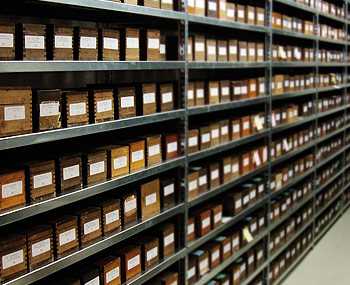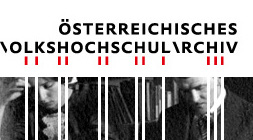Digitalisation of the Photographic Collection at Urania Wien

Individual and repertory lectures at “Urania Wien” were illustrated by means of specially created series of mainly hand-painted glass transparencies for demonstration purposes and in order to make adult education appear more attractive. The sciopticon (Magic Lantern) was the apparatus used to project glass transparencies in so-called sciopticon photographic lectures.
After the turn of the 20th century, the photographic archive at Urania Wien grew quickly. Glass plate negatives and glass transparencies were collected that focused on a wide range of topics including: contemporary cities; landscapes and nature from around the world; people and ethnology; historic working conditions; leisure and pleasure; the Alps and glaciers; biology (flora and fauna); portraits of poets, musicians, artists or rulers; medicine; technology; art; art history and architectural history; the First World War; fairytales for children. Every glass transparency had its own catalogue, lecture and picture number denoting its specific position within the many wooden boxes that are still used today to house the transparencies for purposes of conservation.
The fact that this collection was removed from “Urania Wien” and taken to “Volkshochschule Volksheim Ottakring” meant that it was saved from being damaged or even completely destroyed during the bombing of the main building of the Urania on Aspernplatz in 1944. It has thus been passed down to us almost completely intact. In 1999 approximately 60,000 individual pictures in 783 wooden boxes and 268 lecture typescripts for the individual and repertory lectures were transferred by Urania Wien to the Austrian Archives for Adult Education, where they can now be viewed.
Indexation and digitalisation of the individual pictures is gradually being carried out in THESEUS, our database system for archive internal use, with the help of an image database.
Click on Archive Plan to find the complete list of wooden boxes. Click on Holdings Search to look for specific wooden boxes.
Project director:
Christian H. Stifter




